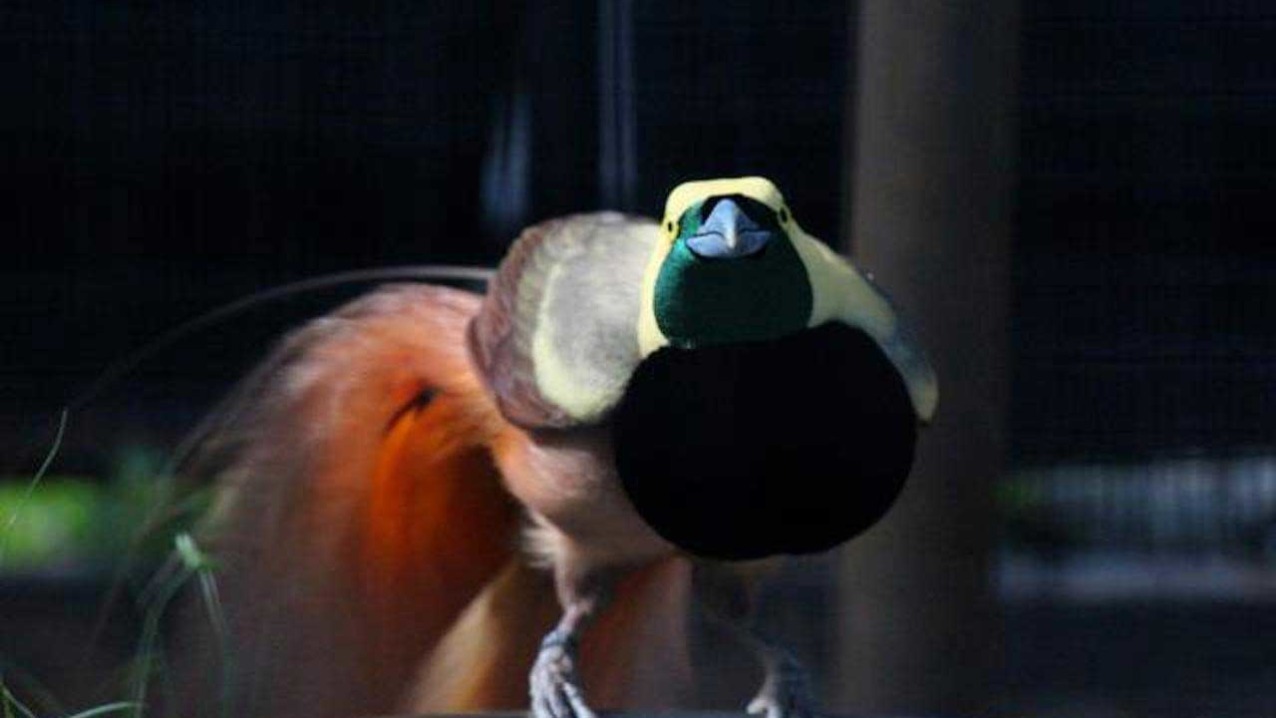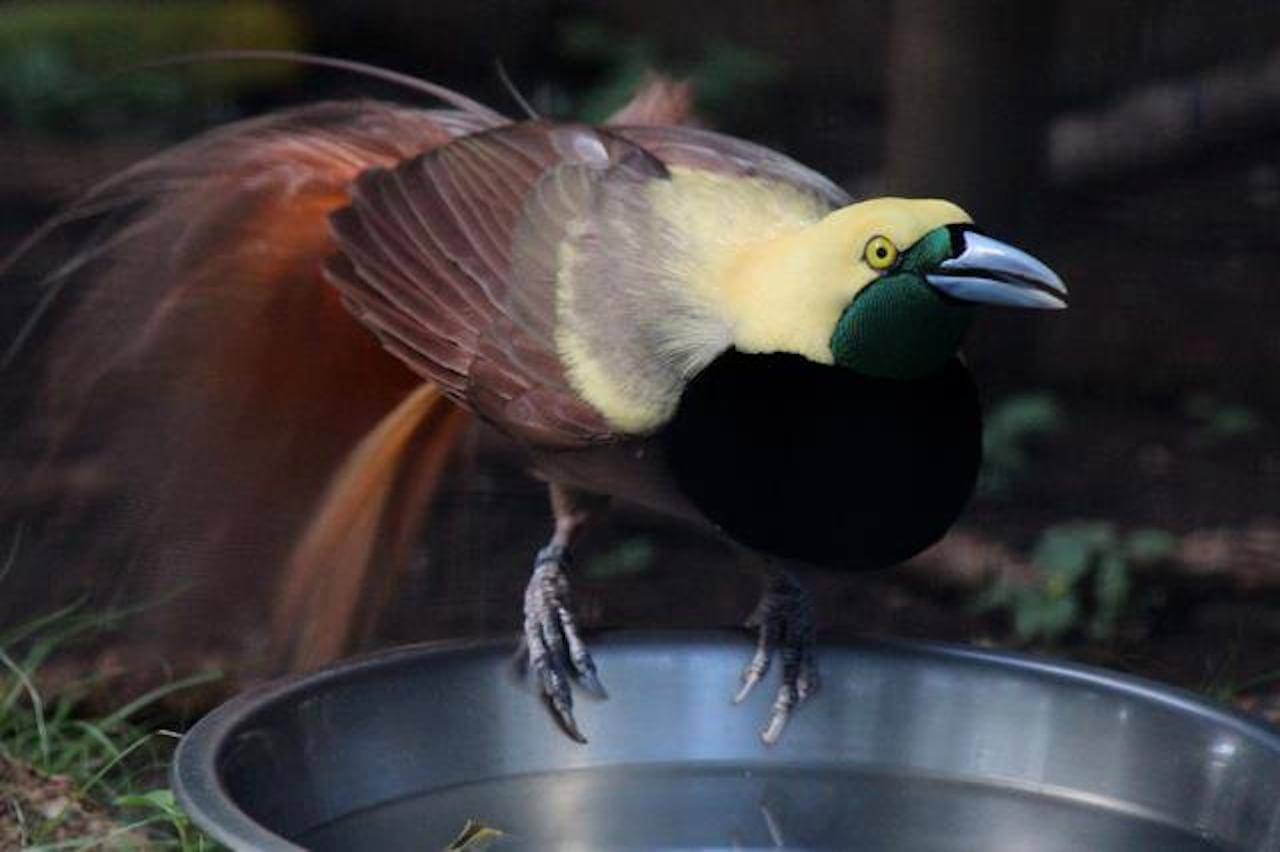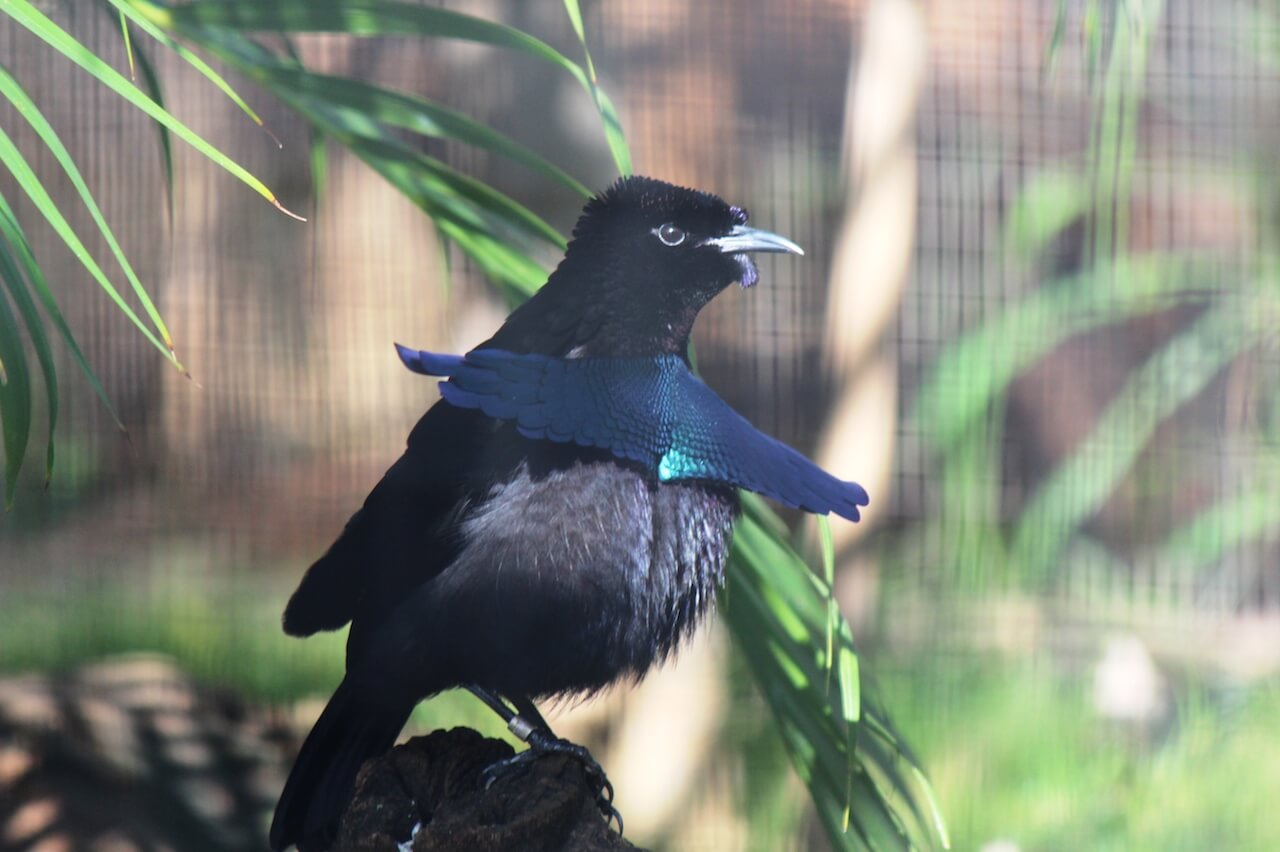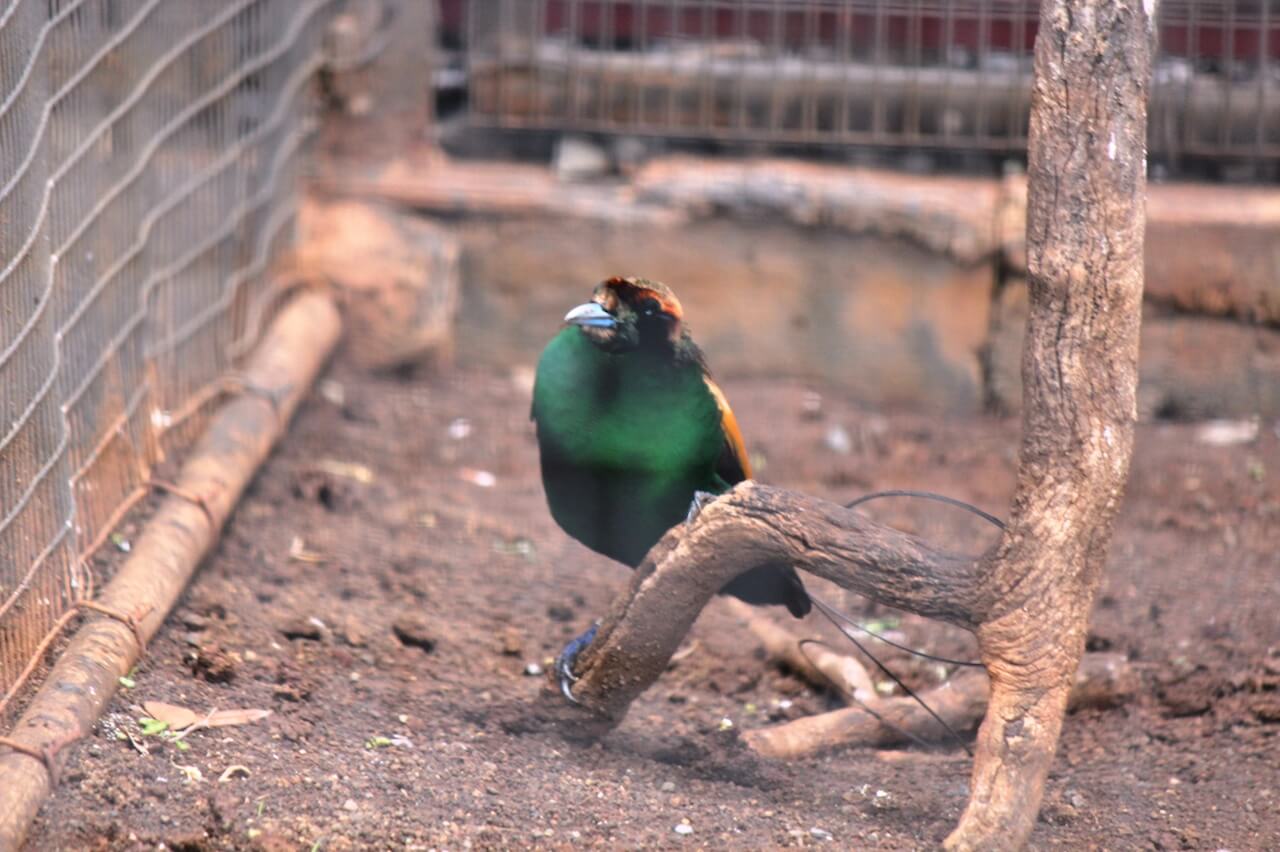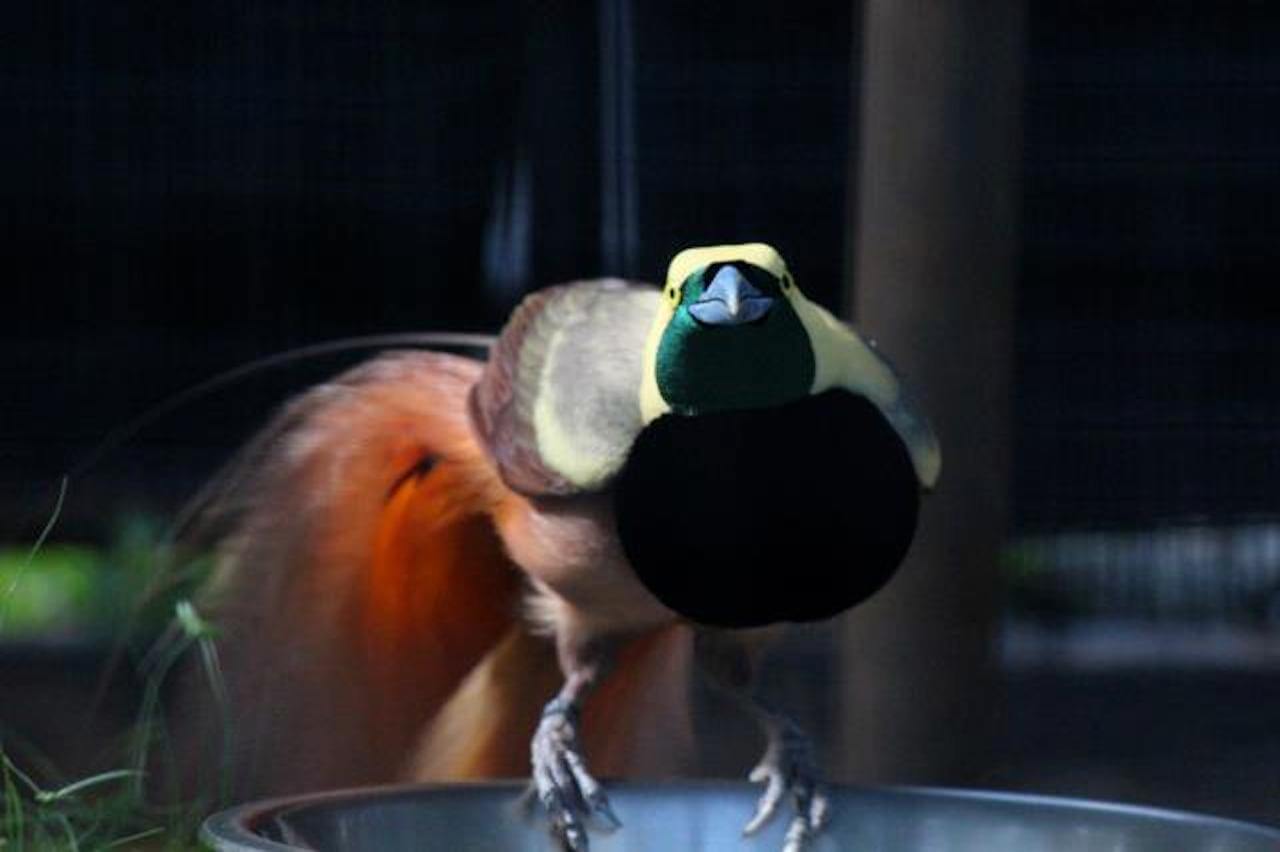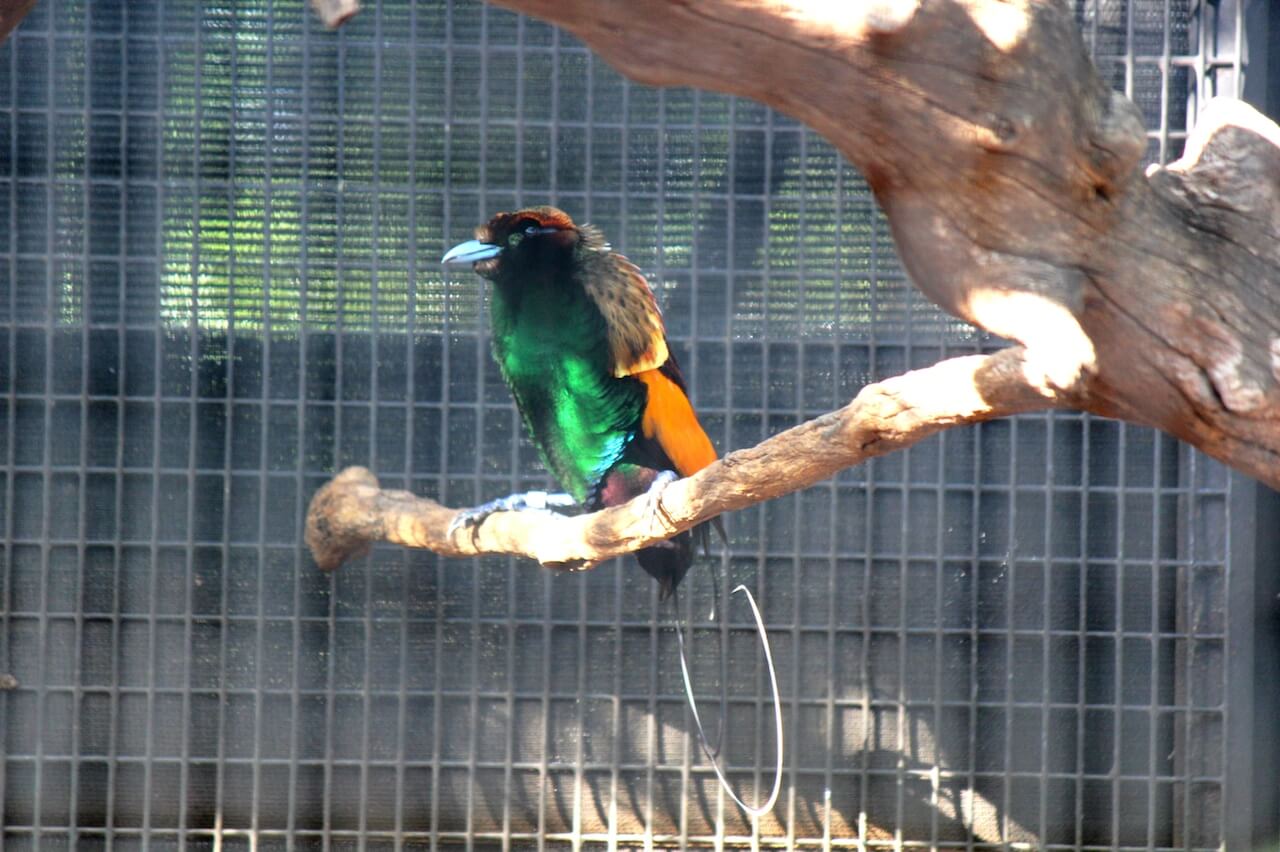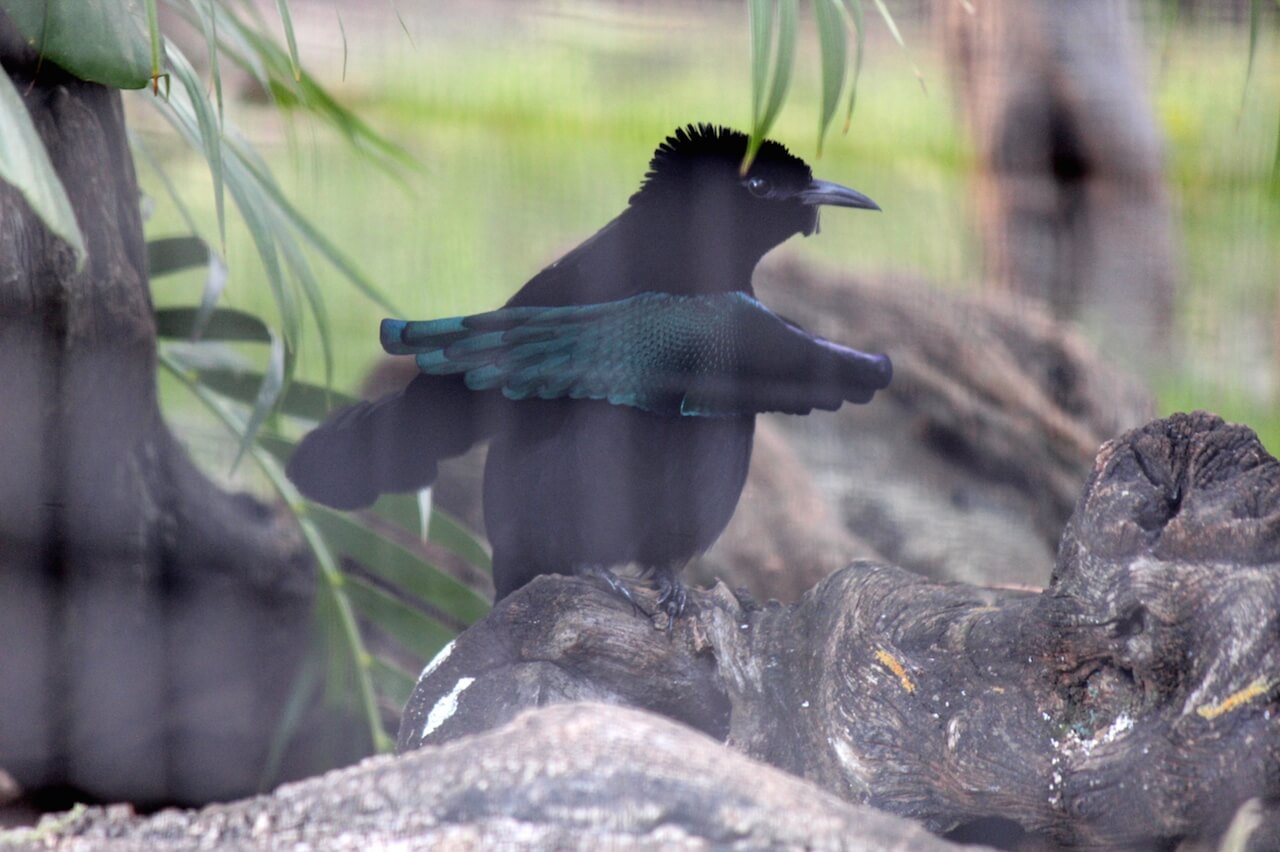paradisaeidae
Birds Of Paradise
About Me
Scientific Name: Paradisaeidae
Description
Many people consider the Birds of Paradise among the most beautiful and interesting of all birds because of their spectacular plumage and intricate mating dances. Plumage varies from all black to red, orange and iridescent green, to muted shades of brown. They are related to crows, and share such characteristics as strong feet and toes, a strong beak, good flying endurance, and loud voices.
Fun Facts
- The Birds of Paradise are called “arena birds” because males establish carefully defined and tightly guarded territories called “leks” where they attract mates by dancing and displaying.
- The species’ diets consist of fruit, berries, insects, frogs and lizards.
- Kingdom: Animalia
- Phylum: Chordata
- Class: Aves
- Order: Passeriformes
Many people consider the Birds of Paradise among the most beautiful and interesting of all birds because of their spectacular plumage and intricate mating dances. Plumage varies from all black to red, orange and iridescent green, to muted shades of brown. They are related to crows, and share such characteristics as strong feet and toes, a strong beak, good flying endurance, and loud voices.
The PNG government allowed the capture and export of three species by Honolulu Zoo in 1987. Since then Honolulu Zoo has successfully propagated all three: Raggiana Bird of Paradise (Count Raggia’s Bird of Paradise, or simply the Raggia), Magnificent Bird of Paradise and Superb Bird of Paradise.
The adult male has trailing orange plumes, green chin, and yellow crown and nape. The female is dull brown. Birds are 13 inches long and very vocal. Flight is undulating and floppy. Males display communally in high treetops.
This species is only seven inches long, compact, short-tailed, with pale blue bill and legs. The male is chunky, appears almost tailless, has a golden back, dark under parts, and two spiral tail wires. He displays on branches near the ground and has been observed removing overhanging branches, which allows more sunlight to fall on his iridescent plumage. The female is brown and barred below.
The male is black with an iridescent blue wedge-shaped breast shield, which is permanently extended. He also has a velvety black, erectile cape. The female is dull in color and the same size–about 10 inches long. This is a widespread, common species in canopy and middle regions of the forests. Each male has an individual territory.
The species’ diets consist of fruit, berries, insects, frogs and lizards.
These birds are endemic to the forest highlands of New Guinea, Australia, Moluccas, austral Asia and associated islands.
Birds of Paradise are largely solitary tree dwellers. Each species has a characteristic vocalization–loud, shrill call, harsh shriek, or prolonged whistle. Their flight is slow. They are not migratory.
There are about forty-three species of Birds of Paradise. The polygamous species are dimorphic (different in appearance); the males are elaborately plumed but the females are dull. Females alone build the nest and raise the young. Males and females of the monogamous species are generally dull-feathered and both sexes attend these nests and young. Females incubate the eggs, usually two. Hatchlings may be naked or with down.
The Birds of Paradise are called “arena birds” because males establish carefully defined and tightly guarded territories called “leks” where they attract mates by dancing and displaying. In the wild, the males and females have little contact with one another except during breeding season.
Although only a few of the Birds of Paradise are endangered, all species are carefully protected by the government of Papua, New Guinea and by the forest peoples who use the plumage in ceremonial costumes and body decorations.
Breeding efforts outside the birds’ wild habitat are a precaution against future threats to the birds’ survival. Birds of Paradise are exhibited at five American sites, at zoos in the Bronx, San Antonio, Los Angeles, San Diego, and Honolulu.
Other Birds
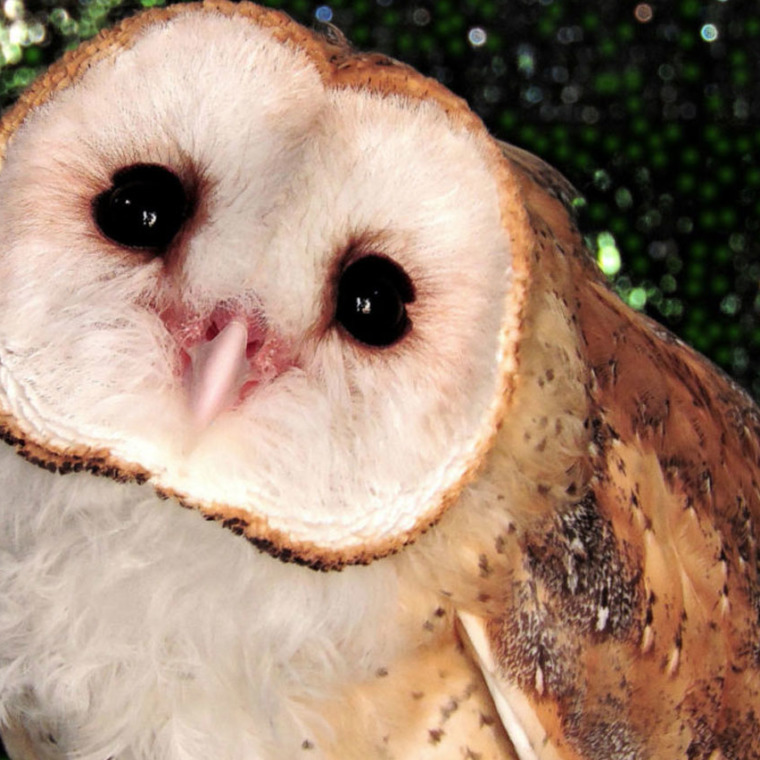
Barn Owls are found throughout the globe, in Europe, Africa, Asia, Austrailia, and the Americas
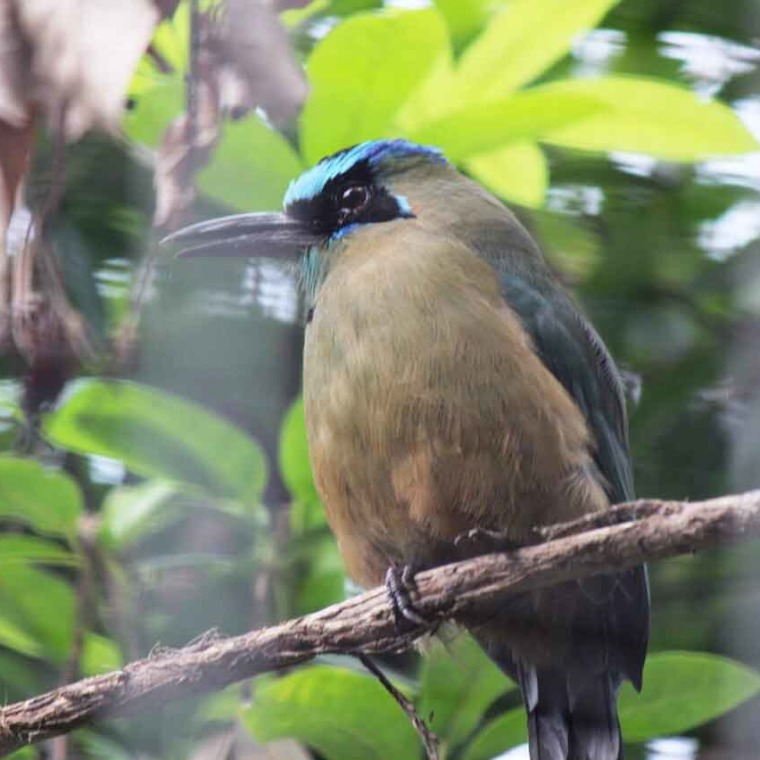
This animal can grow over a foot in length! Motmots possess a serrated beak and red eyes, with a black mask that encircles their heads.
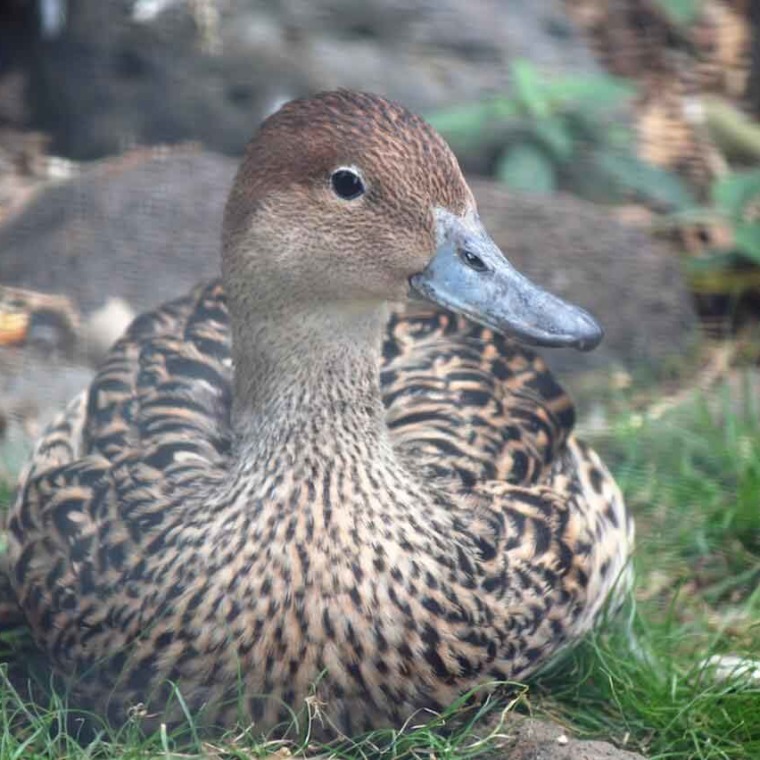
Koloa maoli are very secretive and difficult to observe except in protected areas such as Hanalei National Wildlife Refuge on Kauai.
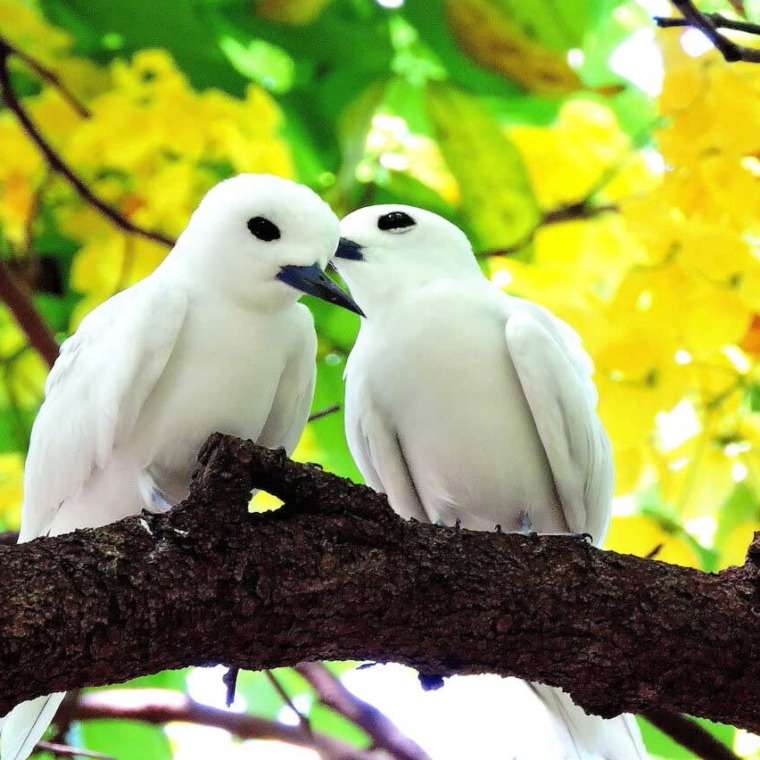
This bird is found primarily on islands, and has a wide ranger across the equatorial band of every ocean on Earth, save for the Arctic Ocean, which does not cross the equator.
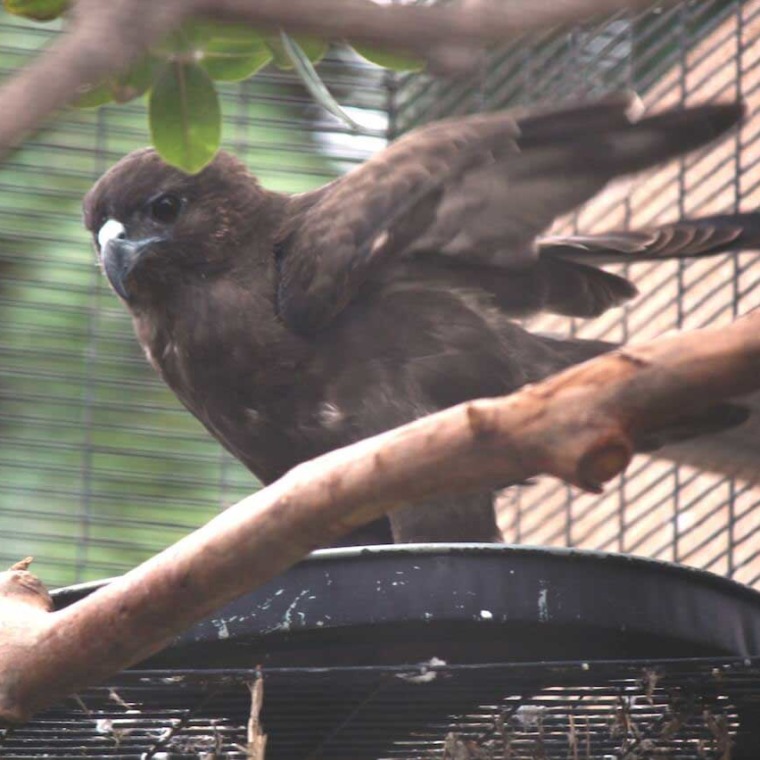
’Io prefer to hunt from tall perches that they use to survey their prey; however, they are known to dive at targets from mid-flight if the opportunity presents itself. are territorial and come together only to breed.


